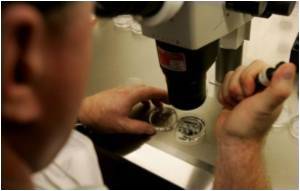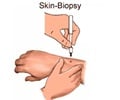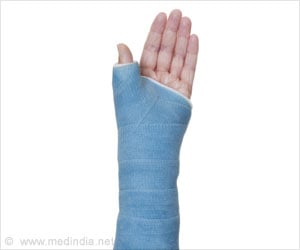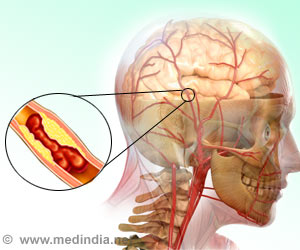
A team from the University of Pittsburgh are researching the behaviour of Belousov-Zhabotinsky (BZ) gel, a material first fabricated in the late 1990s and shown to pulsate in the absence of any external stimuli.
In fact, under certain conditions, the gel sitting in a petri dish resembles a beating heart, the journal Advanced Functional Materials reported.
Anna Balazs, professor of chemical and petroleum engineering in Pitt's Swanson School of Engineering, predicted that BZ gel not previously oscillating could be re-excited by mechanical pressure, according to a university statement.
The prediction was actualized by MIT researchers, who proved that chemical oscillations can be triggered by mechanically compressing the BZ gel beyond a critical stress.
"Think of it like human skin, which can provide signals to the brain that something on the body is deformed or hurt," said Balazs. "This gel has numerous far-reaching applications, such as artificial skin that could be sensory -- a holy grail in robotics."
Advertisement
"My mother would often tease me when I was young, saying I was like a mimosa plant -- shy and bashful," Balazs said.
Advertisement
Balazs's co-authors were Olga Kuksenok, Victor Yashin at Pitt's Swanson School of Engineering. At MIT, the work was done by Krystyn Van Vliet, Paul M and graduate student Irene Chen.
Source-IANS








